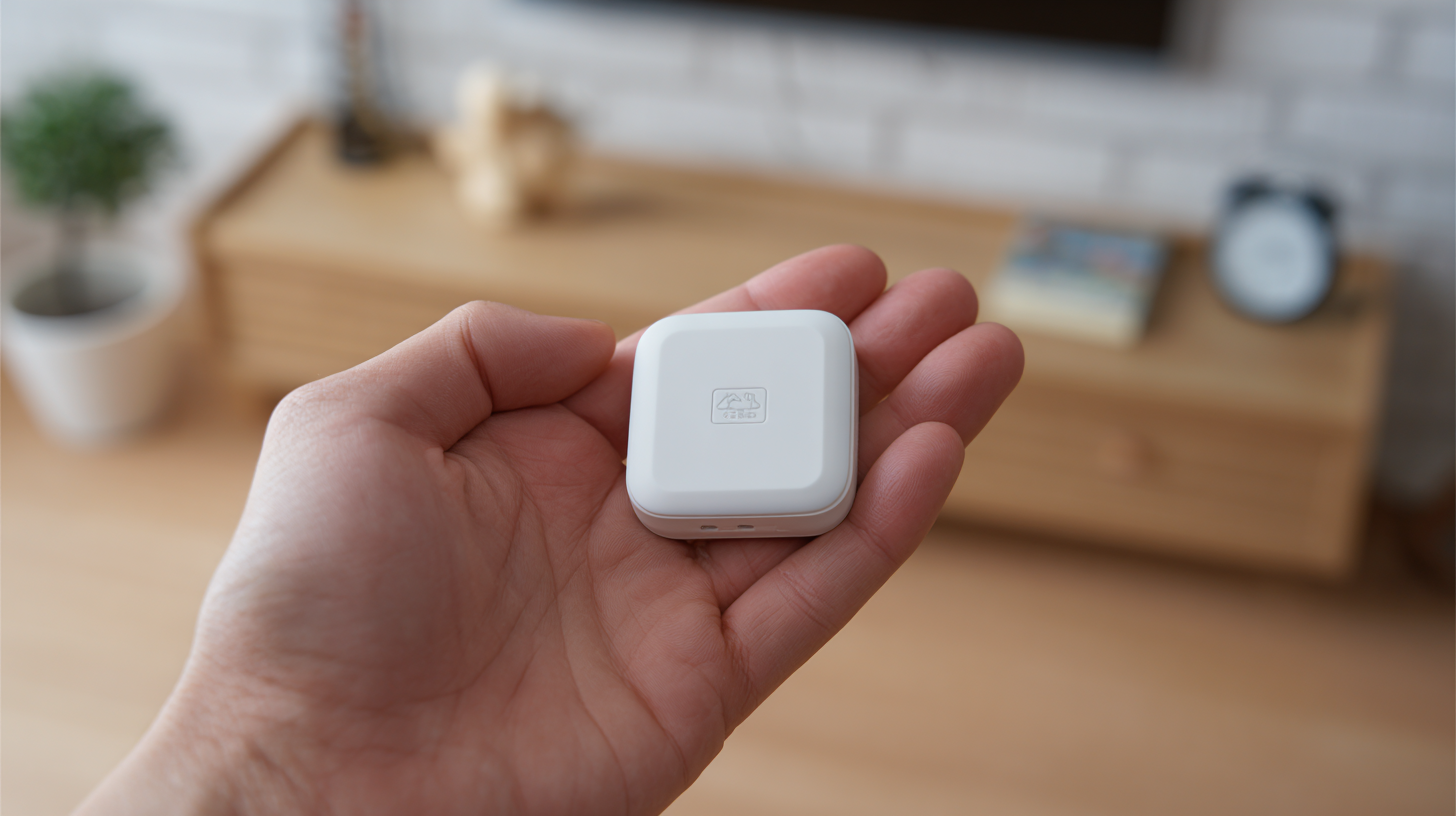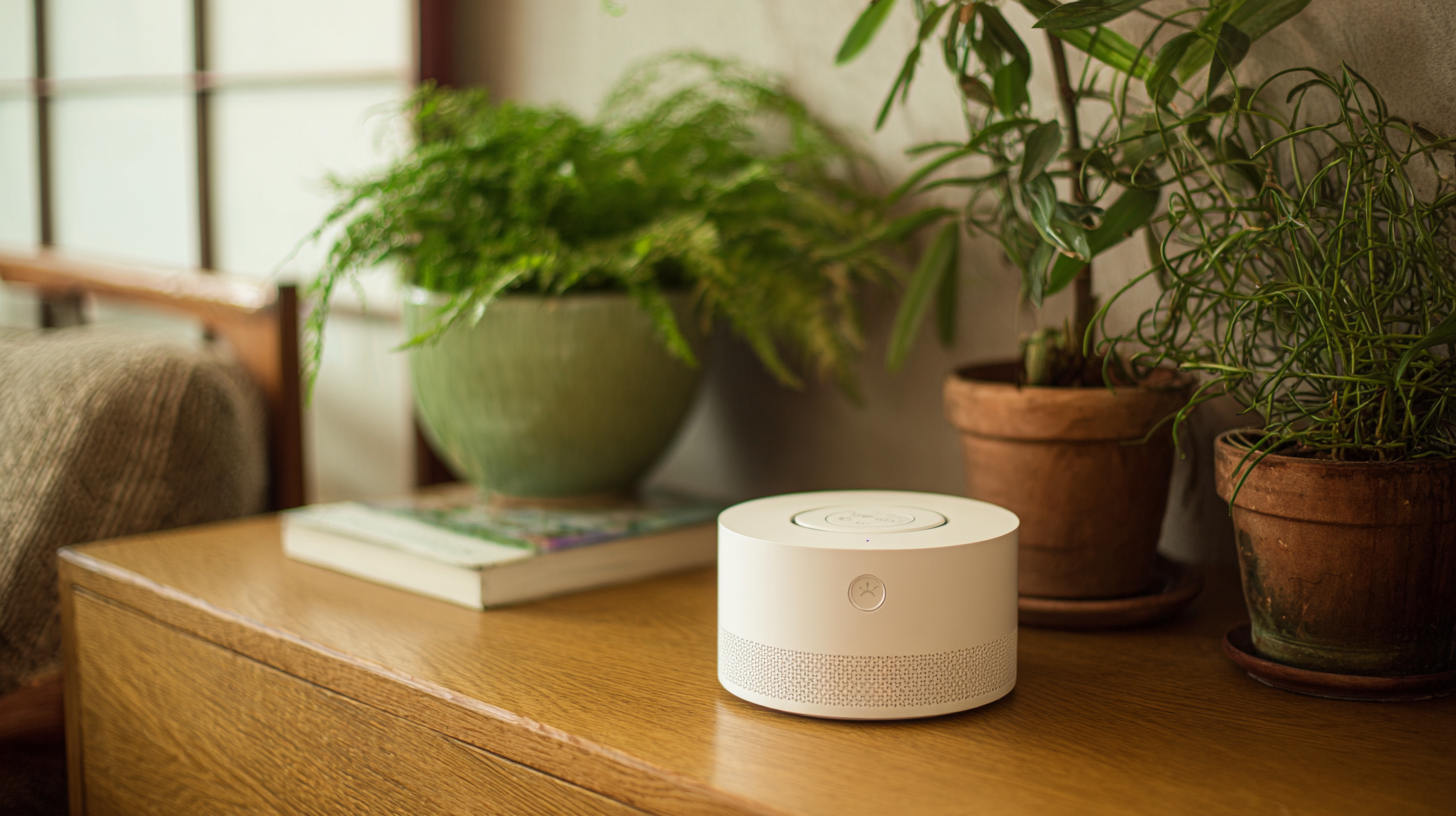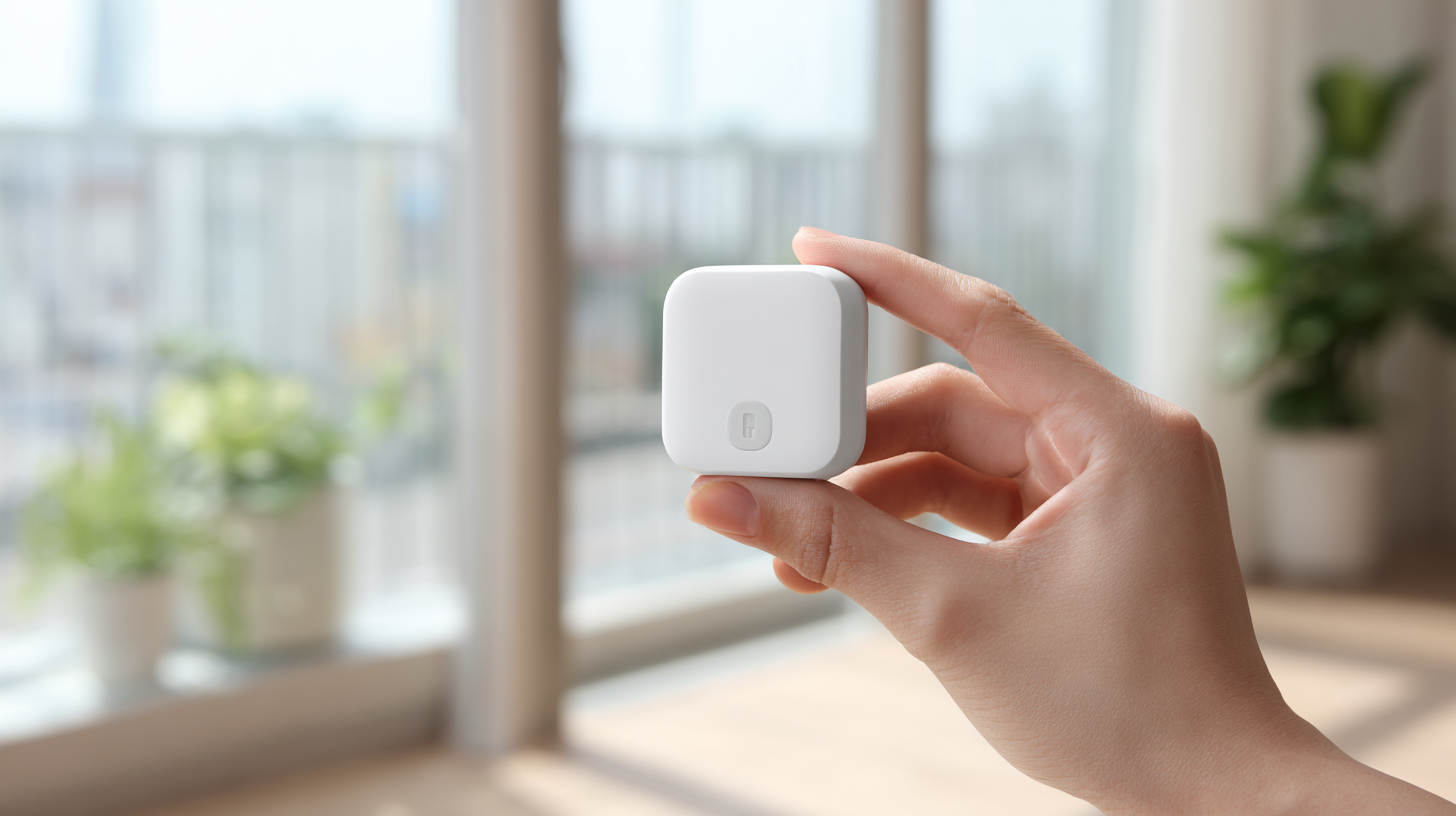
-
Home
-
Product Center
-
Application
-
Support
-
JT Cloud
-
About Us
-
Contact Us
Leave Your Message

In an era where indoor air quality significantly affects health and comfort, achieving accuracy in home humidity monitoring has never been more crucial. Research indicates that maintaining optimal humidity levels (between 30-50%) can reduce the risk of respiratory issues and allergies, making the role of a reliable Humidity Sensor For Home essential. According to a report by the Environmental Protection Agency (EPA), improper humidity control can lead to mold growth, affecting 30% of American homes, which further underscores the importance of adhering to industry standards in humidity measurement. As homeowners increasingly seek smart solutions to enhance their living environments, implementing best practices in humidity monitoring not only ensures compliance with these standards but also promotes well-being. By leveraging cutting-edge technology and insights from industry leaders, residents can transform their homes into healthier, more comfortable spaces.

Maintaining optimal humidity levels in the home is crucial not only for comfort but also for overall health. Low humidity can lead to dry skin, irritate respiratory systems, and exacerbate allergies. On the other hand, excessive humidity creates a breeding ground for mold and dust mites, contributing to various health issues. These environmental factors can significantly impact everyday life, from causing sleep disturbances to increasing vulnerability to infections.
Understanding the importance of home humidity involves recognizing how it affects indoor air quality. Households can suffer from a range of health problems if humidity levels are not monitored effectively. Strategies such as using hygrometers to track humidity, investing in quality humidifiers or dehumidifiers, and ensuring proper ventilation can foster a healthier living environment. By adhering to industry standards and best practices, homeowners can not only enhance their comfort but also safeguard their family's health, maintaining a balanced atmosphere that encourages well-being.

Humidity levels in residential spaces have a significant impact on both comfort and health. According to the Environmental Protection Agency (EPA), maintaining indoor relative humidity between 30% and 50% is optimal to prevent mold growth and dust mites, which thrive in higher humidity conditions. Inadequate humidity levels can lead to dry skin, respiratory issues, and exacerbate allergies, making accurate monitoring essential.

Several key factors influence humidity levels within homes. Geographic location plays a paramount role; homes in coastal areas typically experience higher humidity levels due to proximity to large bodies of water. Additionally, seasonal changes can affect indoor moisture; for instance, winter months often lead to lower humidity levels due to heating systems drying out the air. A report from the American Society of Heating, Refrigerating and Air-Conditioning Engineers (ASHRAE) emphasizes the importance of understanding these factors to select appropriate humidity control solutions, such as dehumidifiers or humidifiers, tailored to the unique conditions of a residence. Regular monitoring with high-quality hygrometers is recommended to maintain ideal humidity levels for overall well-being.
In today's world, accurate humidity monitoring is essential for maintaining optimal indoor environments. The right tools and technologies play a crucial role in achieving precise measurements. Digital hygrometers, for instance, offer real-time data with high accuracy, allowing homeowners to effortlessly track humidity levels. These devices often feature smart technology, enabling users to monitor conditions remotely via smartphone apps, adding a layer of convenience to home management.
Moreover, advanced sensors, such as capacitive and resistive humidity sensors, are widely used in modern monitoring systems. Capacitive sensors measure the change in electrical capacitance as humidity levels fluctuate, providing highly reliable readings. On the other hand, resistive sensors gauge humidity by assessing the change in electrical resistance. Both types are pivotal in ensuring humidity is accurately monitored, which helps to prevent problems such as mold growth and respiratory issues. Investing in these essential tools can significantly enhance the overall health and comfort of living spaces.
Maintaining optimal indoor humidity levels is crucial for ensuring a healthy living environment. Recent studies highlight the significance of indoor humidity in preventing the spread of respiratory viruses, especially during drier seasons. The World Health Organization has set health standards, recommending indoor humidity levels between 40% and 60% to mitigate such risks. With the market for hygrometers projected to experience significant growth, reaching $424.8 billion by 2032, the demand for accurate humidity monitoring is more important than ever.
To effectively manage indoor humidity, best practices include the use of reliable humidity monitoring devices, which are becoming increasingly popular as their accuracy improves. Innovative technologies from various manufacturers are driving the temperature and humidity sensor market’s growth, with estimates suggesting a market size of $232.6 million for humidifiers by 2025, rising to $348.1 million by 2033. These devices not only help maintain comfort but also play a critical role in health by providing necessary data to adjust environmental controls accordingly, ensuring optimal indoor conditions for inhabitants.
This chart represents the optimal range of indoor humidity levels and the best practices for maintaining them. The ideal indoor humidity should generally be between 30% and 50%, which is reflected in the data shown below:
Humidity control in residential environments is critical for maintaining comfort and protecting health. According to the American Society of Heating, Refrigerating and Air-Conditioning Engineers (ASHRAE), the ideal indoor humidity levels range from 30% to 60%. When humidity levels exceed this range, homeowners risk problems such as mold growth and structural damage. The control of indoor humidity is not just about comfort; it also directly affects air quality and respiratory health.
In terms of industry standards, ISO 16000-29 provides guidelines for assessing indoor humidity and its impact on indoor air quality. Furthermore, the Environmental Protection Agency (EPA) highlights that maintaining proper humidity levels can reduce allergens and improve overall well-being. To effectively monitor and control humidity, integrating advanced technologies like hygrometers and smart home systems is essential. These devices help ensure consistent monitoring, alerting homeowners to fluctuations outside the recommended range, thus enabling timely intervention and compliance with established standards.
| Measurement Method | Typical Accuracy | Recommended Range (%) | Calibration Frequency | Common Applications |
|---|---|---|---|---|
| Capacitive Sensors | ±2% | 30% - 70% | Every 6 months | Residential, HVAC |
| Resistive Sensors | ±3% | 20% - 60% | Annually | Greenhouses, Indoor Gardens |
| Thermal Conductivity Humidity Sensors | ±2.5% | 25% - 75% | Every 12 months | Basements, Crawl Spaces |
| Dew Point Measurement | ±1°C | 10% - 90% | Every 2 years | Industrial, HVAC |